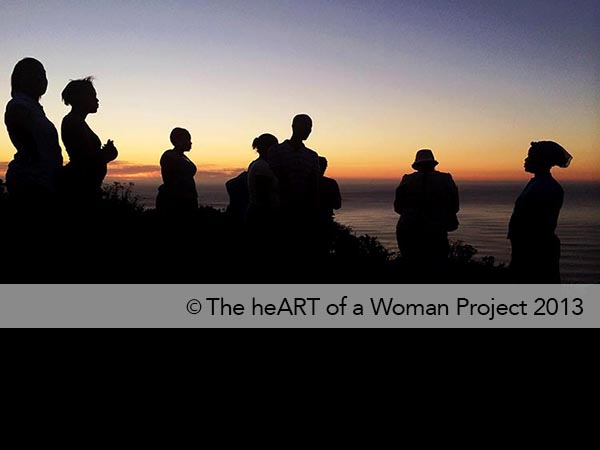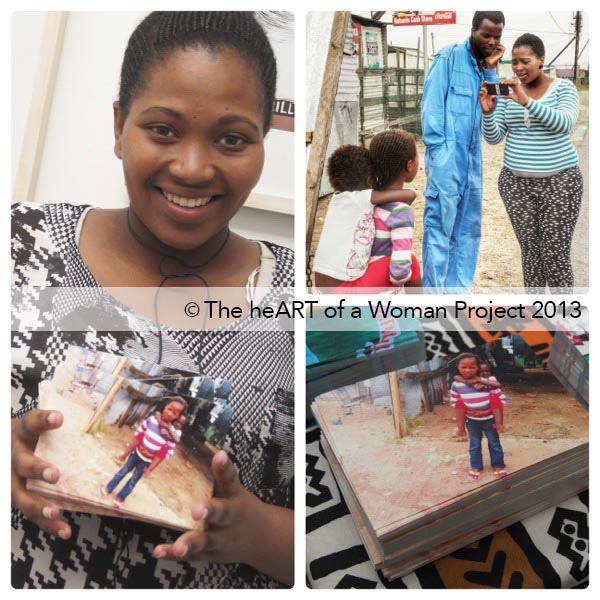Not too long ago, we asked our MatadorU students and alumni about their accomplishments in 2013. I was really impressed to hear about Andrea Rees’s success with her new project, The heART of a Woman. In a nutshell:
[The heART of a Woman is] an initiative to educate and empower women in developing communities in mobile photography to have a voice and small business through the sales of photographic art products.
In 2013, Andrea traveled to eKhaya eKasi, an art and education center in the Cape Town Township, to kickstart the program. She ran workshops with the goal of empowering women to create a sustainable income for themselves through a creative outlet.


